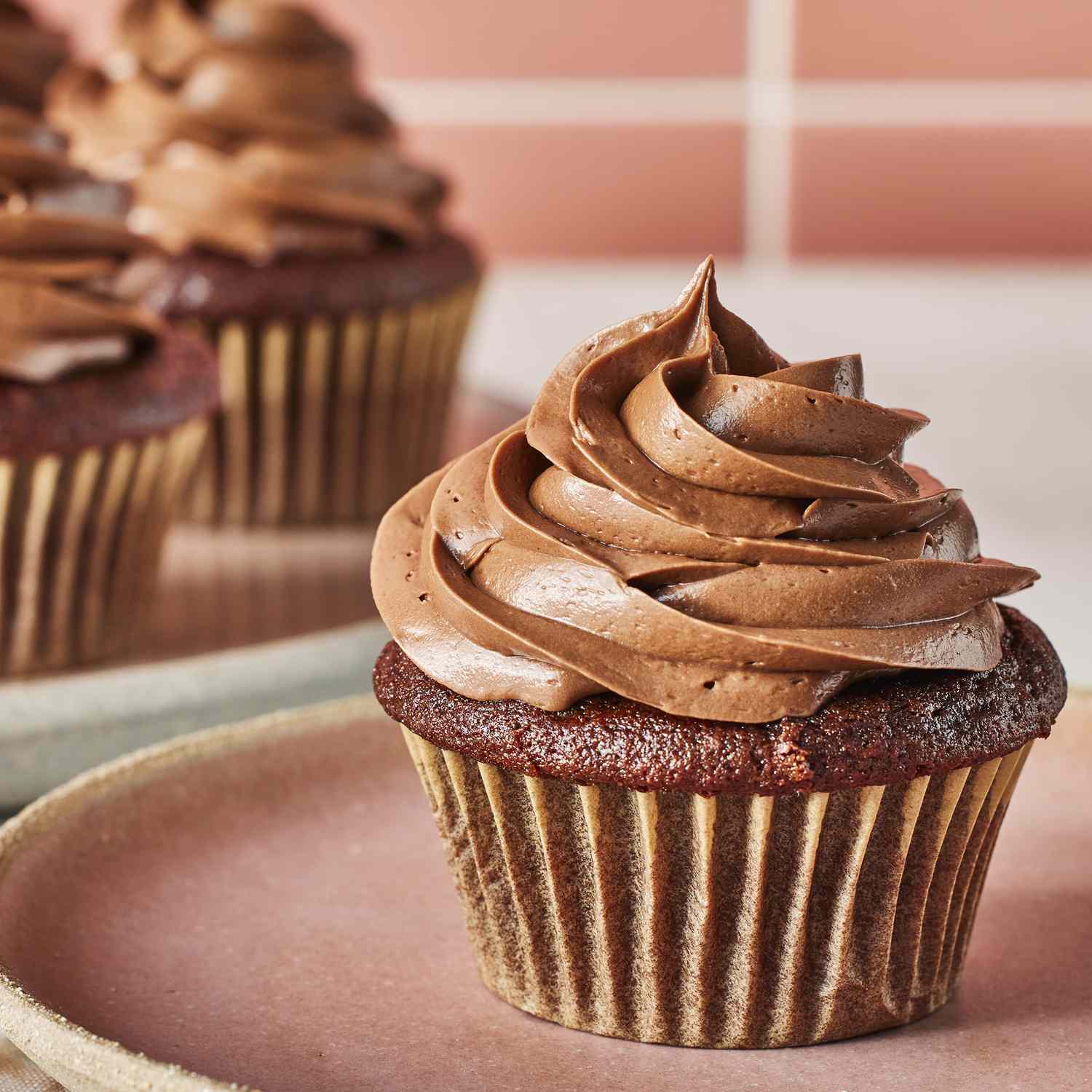What does a crisp, clean white cotton shirt have to do with the recipe you are making for the best batch of cookies? Cornstarch. Invented in 1842 by Thomas Kingsford, superintendent of a wheat starch factory in Jersey City, New Jersey, cornstarch was originally used for laundry and other industrial applications. Learn more about this versatile ingredient, including how to use it to create your favorite dishes and how to extend its shelf life.
What is Cornstarch?
Cornstarch is the starch extracted from corn grains that is ground into a fine powder. The starch is obtained from the endosperm of the corn kernel. The endosperm is the bulk of the kernel and is the main energy source for the seedling which can eventually grow to be a new plant. Since cornstarch is made from the endosperm only, it contains no protein, making it gluten-free.
Cornstarch vs. Flour
While cornstarch is made up of the endosperm of the corn kernel, flour can be made from any kind of grain, including corn. All-purpose flour is made of wheat, which contains gluten, and is used as the foundation of ingredients for most baked goods. Both flour and cornstarch work to thicken sauces.
Both flour and cornstarch will fry foods, but cornstarch will help make a crispier coating for fried chicken and other foods because of its higher starch content and moisture absorption. Flour has a lower starch content and also contains gluten. Flour and cornstarch are both common ingredients for baked goods. Flour is the go-to main ingredient in many of your favorite breads, cakes, and cookies, while cornstarch is more of a team player.
Ways to Use Cornstarch

Get the recipe: Melting Moments
Cornstarch can work some magic in many recipes from a batch of chewy cookies to the crispiest fried chicken for dinner. From making deliciously chewy cookies with soft centers to adding an airy quality to omelets, this ingredient does it all. Try combining it with all-purpose flour for a quick, homemade cake flour. Cornstarch can also be used as an egg substitute in baked goods.
How to Cook with Cornstarch
Cornstarch has twice the thickening power of flour. Keep this ratio in mind when making a gravy, sauce, soup or stew recipe that calls for flour. If you are working to thicken hot liquids, first mix the cornstarch with a bit of water until smooth to create a slurry. If the dry cornstarch is added directly to a warm dish it will create clumps and not blend seamlessly. Gradually stir the slurry into a hot liquid until incorporated.
Substitutes for Cornstarch
Out of cornstarch and in the middle of making a recipe? Take a look in the cabinets for a reasonable substitute and you won’t have to change your recipe plan. What can work as a substitute?
- Potato Starch
- Rice Flour
- Tapioca Flour
- Arrowroot Powder
- Xanthan Gum
How to Store Cornstarch
A product like cornstarch is used in small amounts so proper storage is important to maintain the shelf life of the product. There’s nothing more disappointing than reaching for a reliable baking staple like only to find that it is no good. The best way to store cornstarch long-term is to repackage it into an airtight containers once it has been opened. It is possible to keep it in the original packaging if it is closed tightly and kept somewhere cool and dry.
Related:
- The 5 Best Cornstarch Substitutes for Cooking and Baking
- What Is Corn Flour?
- How to Store Flour So It Stays Fresh




